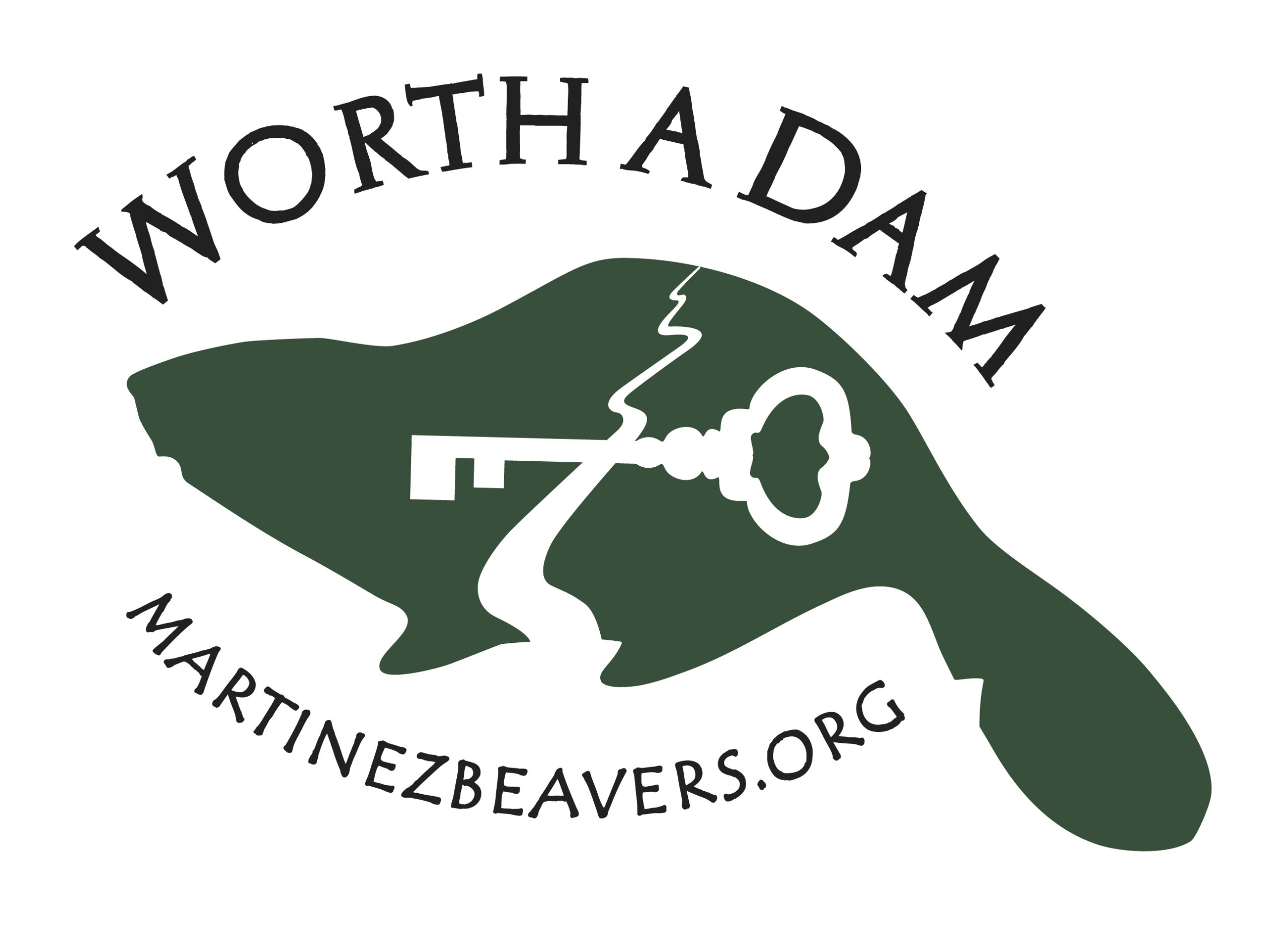What’s that old saying? ‘One step forward two steps back’ Well as of this morning we officially have that beat, with three beaver articles from three different states, one ignorant and two wise! Again they are unrelated, although even the negative one mentions that they checked the website for Beavers:Wetlands and Wildlife, mostly to laugh at it but you know what Gahndi said…

Buckleigh neighborhood eager to get rid of beavers
Pests causing damage to pond in Buckleigh neighborhood
Right now, you can easily see four dams beavers have created in the Buckleigh neighborhood pond. “This is a huge problem for us because we can’t let the beavers continue to destroy the trees and the pond,” says Shaw. This has been a growing problem over the past four years. “When it rains the water level really rises in the pond.”
Where to begin? Another HOA eager to solve problems by killing beavers? A discussion of the irony that coppicing can’t happen if they fastidiously remove the stumps of every trees the beavers cut? A thoughtful analysis of the covariance of states that regularly kill beavers AND accept FEMA monies for drought relief?
No, lets start with their problem solving skills and leave it at that.
The beavers are challenging the HOA on every front. Traps have not worked; folks who tried to hunt them have not been successful, either.
More night vision goggles for Buckleigh! A case of beer and a carefully placed copy of Three Against the Wilderness and maybe these hunters will get some new ideas.
In fact let’s start the hunters off reading THIS article.
Beavers do world of good
Rick Brockway writes a weekly outdoors column for The Daily Star.
Although beavers can cause problems, they really are wonderful animals that are vital to nature. The American Indian called beavers the “sacred center” of the land because they create such rich, watery habitats for other mammals — turtles, frogs, ducks and birds. I’ve taken many fish from beaver ponds and shot loads of ducks as well. As the Indians discovered, the beaver pond was a source of food and water.
It’s so much fun to sit along a beaver dam in the evening and see what’s happening out there in nature. The beavers swim by, heading off to work; deer come in to drink; ducks spread their wings as they reach land; and even brook trout rise for flies near the water’s edge.
Guess whether I already wrote Rick to thank him for his column and say that beaver problems were actually pretty easy to solve? Good guess! Well, when sportsmen spread good news about beavers we are always happy!
And when politicians do it we are ecstatic!
Op-Ed: Restoring waterways is crucial
The cleanup of the Bronx River helped blunt the impact of Hurricane Sandy.
The tristate area is only beginning to recover from the destruction wrought by Hurricane Sandy. As we assess the damage and how we prepare for a future storm, it is worth noting that work by local communities, government and nonprofit groups to restore and stabilize the city’s local waterways may well be part of the answer.
In the meantime, the Bronx River cleanup provides a national model for a new federal Urban Waters initiative designed to stimulate local economies, create jobs and protect Americans’ health by revitalizing waterways in underserved areas. The return of two beavers suggests that restoration is now taking on a life of its own.
This is a nice Op-ed that describes how the natural restoration of the river helps absorb and mitigate some of Sandy’s more damaging effects. He even talks about how recovered oyster beds can help.
Oyster restoration work by groups like Rocking the Boat protects—and could further protect—urban shores from storm impacts by solidifying our natural infrastructure. Oyster beds can slow powerful waves and, working with marshes, sand bars and other features of the coastal landscape, provide greater stability and defense to shorelines.
Oh and just in case you don’t recognize the author, this Op-ed is written by representative Jose Serrano who got 30 million to clean up the river, was discussed in Audubon and National Geographic, and is the inspiration for this:









